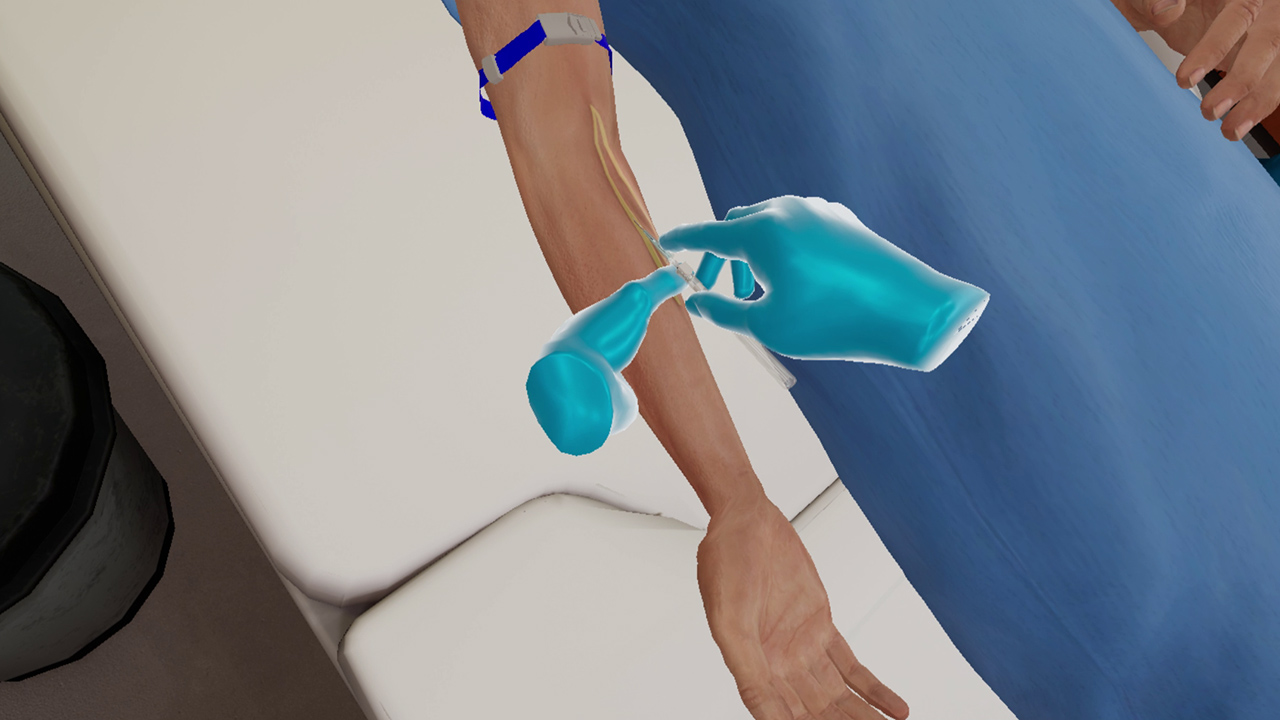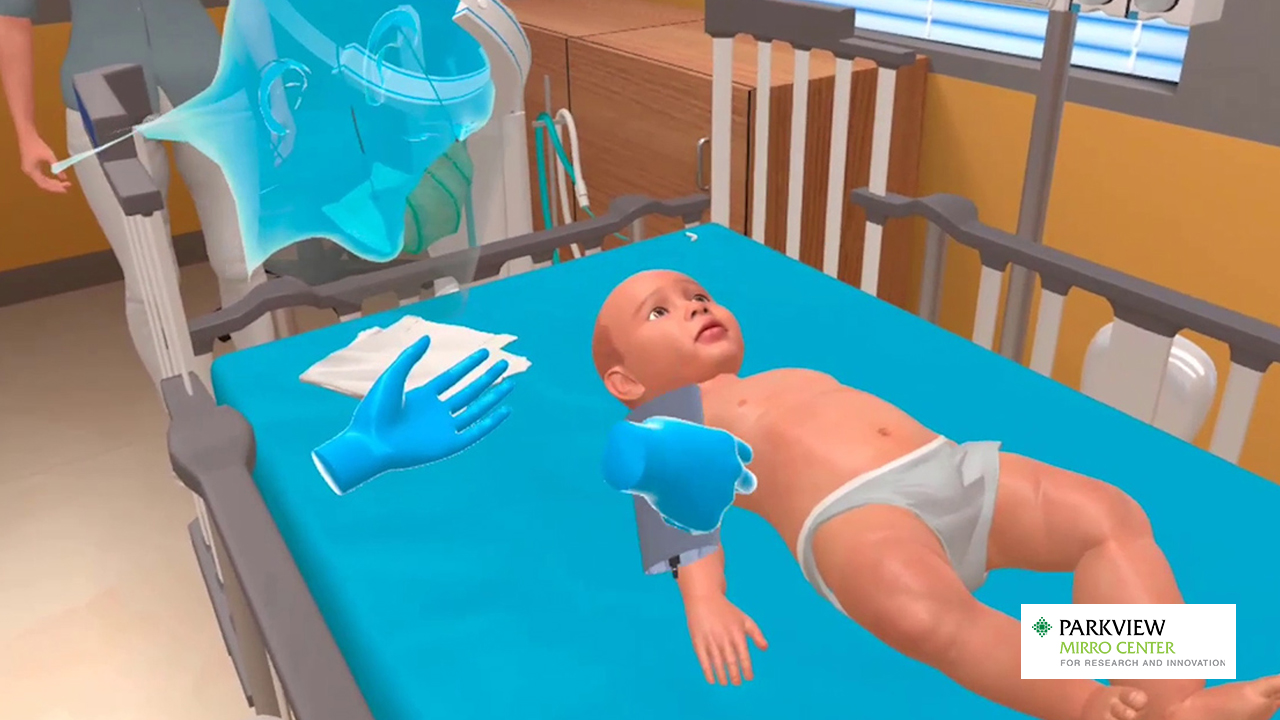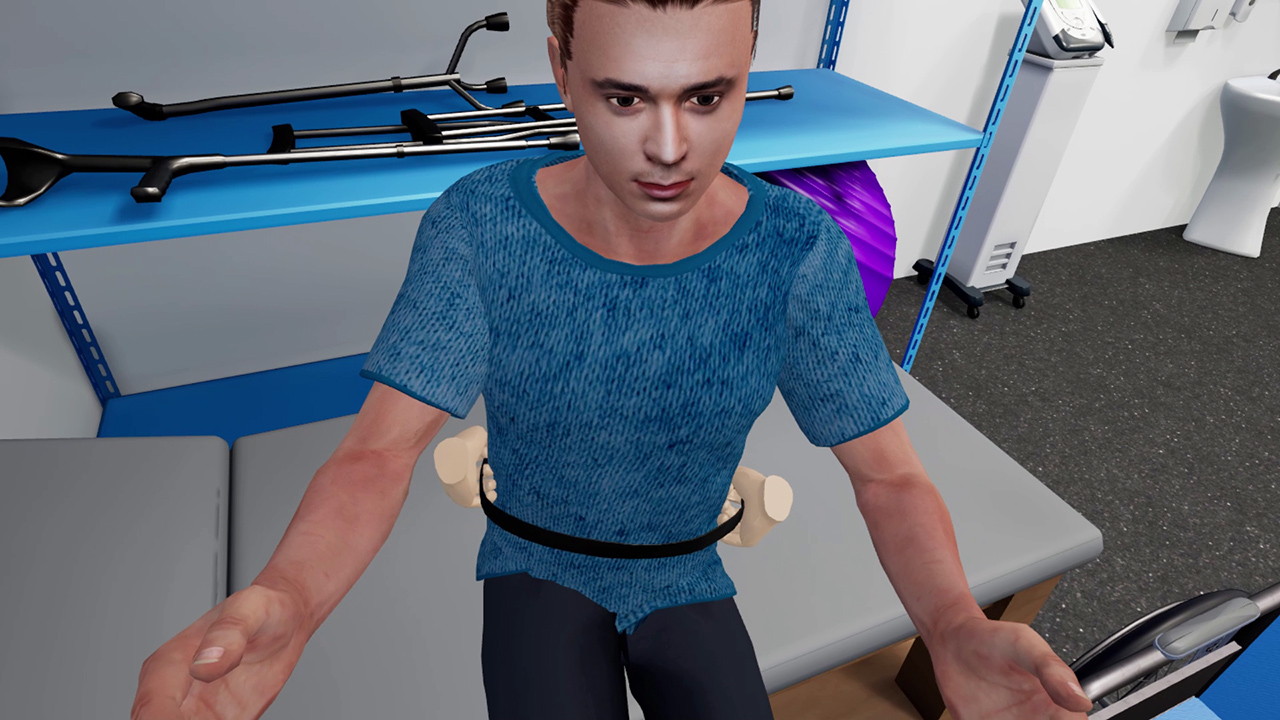
Physical Therapy Aides (PTA) constitute an important part in rehabilitation programs when it comes to helping improve functional capacities of patients.
An injury or trauma may lead to a patient being impaired in the lower or upper extremities or an impairment of balance and coordination. With this comes the state of dependency. The primary goal of physical therapy sessions is to help the patient get back to the maximum possible level of independence or as close to the ‘pre-injury’ state. This involves a great deal of calm and consistent effort, both from the rehabilitation team and the patient.
What does a PTA do?
As a part of a rehabilitation team, physical therapy aides work as subordinates to physical therapists. They are assigned a number of nontechnical tasks which include both clinical and administrative functions.
-
Teaching a patient to walk with crutches
-
Applying heating modalities, but only after proper training
-
Making appointments
-
Completing insurance billing
-
Cleaning physical therapy equipment
One very critical function of the job is to assist physical therapists in the rehabilitation process of patients. This aspect of the job calls for a good deal of practice and patience.
Perfecting PTA tasks with MedVR Education
Repeated practice sessions help perfect a task. The Patient Therapy Aide program from MedVR Education provides practice sessions in the following skills.
Positioning and Turning a Patient – For a patient confined to bed, regular turning and positioning is important to prevent bed sores and other complications, and this requires an assistance from the PTA. In cases of patients with fragile skin and decreased sensation, extra care and caution is required. This VR module, set in a virtual environment, is designed to help a PTA practice the task with a virtual patient to help build confidence for real-life scenarios.
Assisting with a Patient Transfer – When assisting a patient move from a bed, wheelchair or the like, care must be taken to eliminate causes of stress or discomfort. This means that the PTA must be very well-versed and capable of the task. This module provides practice in moving a patient from a wheelchair on to a bed using a transfer belt.
Assisting a Patient with Crutches – A patient that has been prescribed the use of crutches will require some assistance in the initial stages. In this VR module the learner will assist a virtual human learn and get acquainted with the three-point gait method of using the crutches.
Performing Range of Motion Exercises – Range of motion exercises involve moving of muscles and joints using the available range of motions. In this VR module a learner will assist a virtual patient perform a range of motion exercises on the upper extremity of the body of a virtual human, helping build skills and confidence to perform with real patients.
Ascending the wheelchair – When helping a patient on a wheelchair enter a facility, it is the job of a PTA to ensure smooth execution of the process. This VR simulation helps PTAs practice the process of ascending the wheelchair from a lower area to a raised curb, taking care to ensure the safety and comfort of the patient.
Descending the wheelchair – As in ascending, descending the wheelchair also requires a great deal of careful handling. Care must be taken to perform the task in a smooth manner, avoiding any kind of jerk or shock to the patient. This VR simulation will help learners practice the task of descending the patient bearing wheelchair from a curb, ensuring a safe and comfortable transition for the patient.
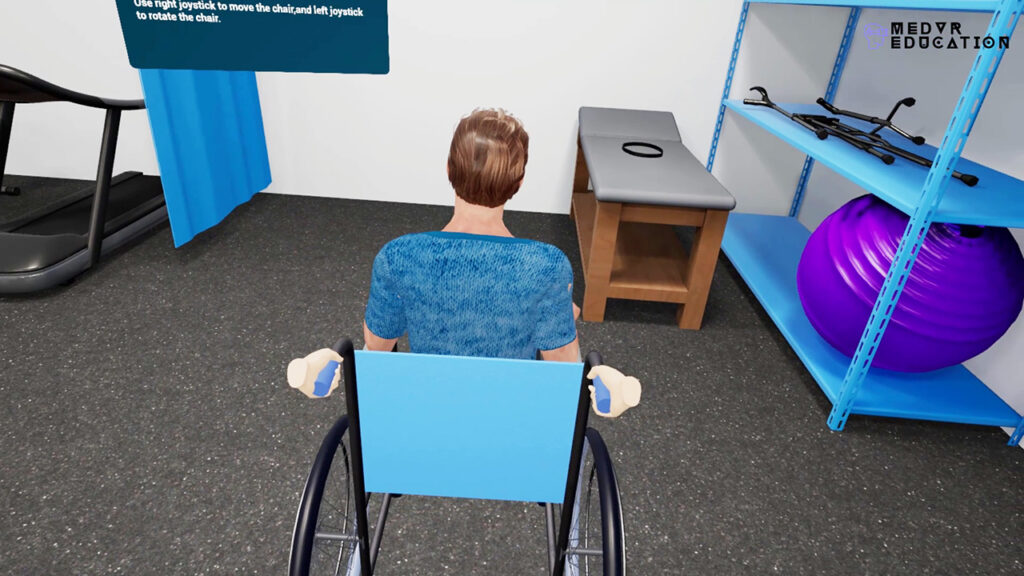
PTA VR Training with MedVR Education
It is true that to work as a physical therapy aide a candidate does not necessarily need a college degree. The aide, working as a subordinate to the physical therapist, learns on the job. However, even after having learnt the basics, a certain level of practice is required to achieve a desired level of expertise and skill perfection, especially when working with patients. MedVR Education helps candidates become better versions of themselves by providing the much-needed practice required to assist patients in their rehabilitation process. The many benefits of MedVR Education include the following.
Photorealistic virtual training programs that help trainees get acclimatized to the environment.
Practicing with virtual humans creates a real-life patient scenario.
Multiple practice sessions help reduce error rates.
Detailed activities help explore, learn and train in various aspects of the job.
Confidence is given a boost with ample amount of practice.
Self-analysis is enabled by the XR platform dashboard which helps identify weaknesses.
Customized feedback for each candidate helps instructors pin-point the most wanting areas of practice.
Easy access to content is made possible by remotely delivered, installed and updated content.
Affordable programs mean greater accessibility.
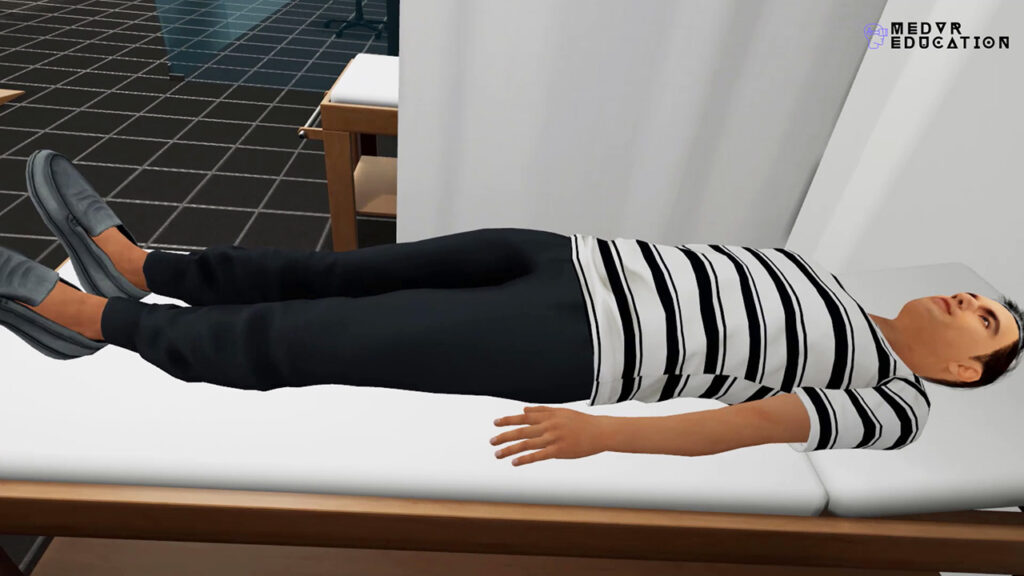
Working as a Physical Therapy Aide may not always be easy, with some patients being more demanding than the others. With adequate training and practice it is possible to learn, adapt and excel at the job. And not to forget, the satisfaction of helping improve the wellbeing of an individual is unmatched.
Contact us to know more about VR in healthcare training, or visit our MedVR Education webpage to explore the various programs we offer.

